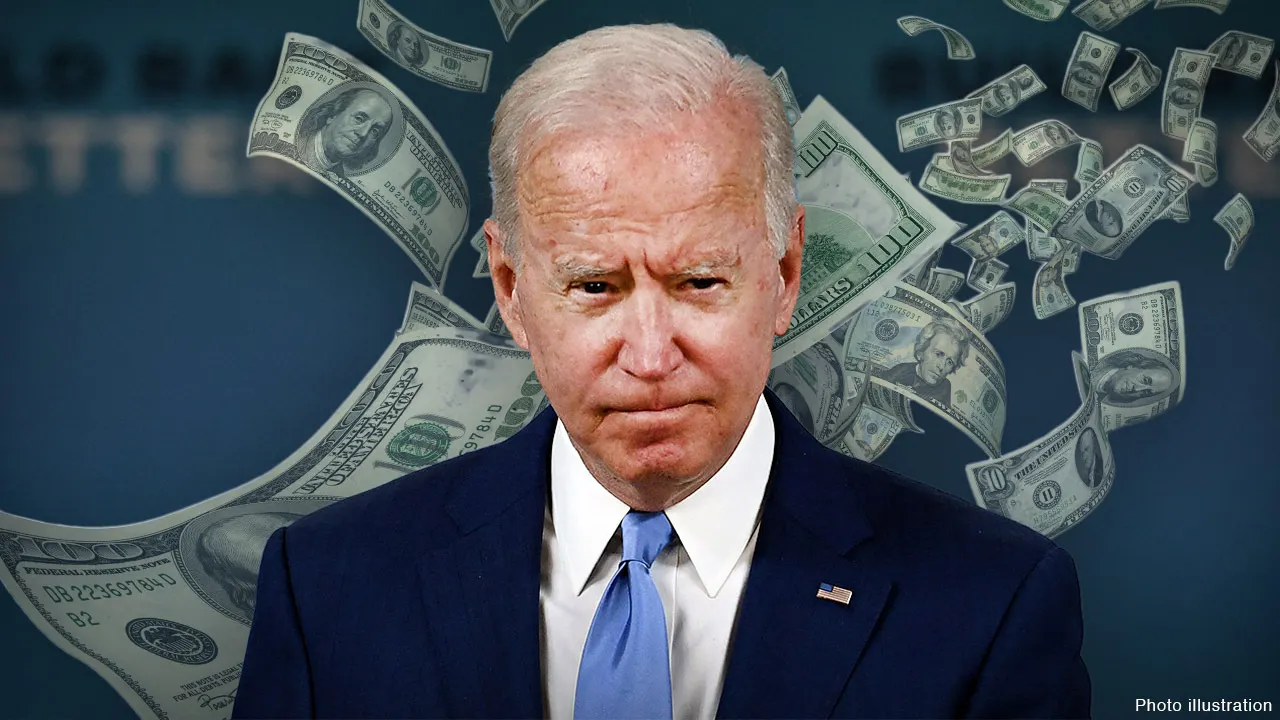The US government has unveiled new measures to regulate AI funding, focusing on national security, ethical AI development, and strategic investment control
The United States government is ramping up its control over artificial intelligence (AI) funding to ensure national security, economic competitiveness, and ethical development. With AI emerging as a key driver of technological advancement, Washington is implementing strategic funding regulations to oversee investments, protect sensitive AI research, and maintain leadership in global AI innovation.
These policies focus on regulating foreign investments, supporting domestic AI startups, enforcing ethical standards, and ensuring AI technologies align with national security priorities.
Key Elements of the US AI Funding Strategy
1. Stricter Oversight of Foreign Investments in AI
To prevent adversarial nations from gaining access to sensitive AI technologies, the US government has increased scrutiny of foreign investments. The
Committee on Foreign Investment in the United States (CFIUS) now plays a central role in reviewing and potentially blocking AI-related deals involving foreign investors, particularly in areas like defense, cybersecurity, and autonomous systems.
Key focus areas include:
- Preventing foreign ownership of critical AI firms.
- Blocking AI technology transfers to nations deemed security threats.
- Scrutinizing investments in AI-driven surveillance, military, and data analysis.
2. Federal AI Investment and Public-Private Partnerships
The US government is ramping up direct investments in AI research and development through federal funding programs. Agencies like the
National Science Foundation (NSF) and
Department of Energy (DOE) are allocating billions of dollars to AI projects focused on:
- Healthcare (AI-driven diagnostics, drug discovery).
- Climate science (AI for clean energy and environmental monitoring).
- Cybersecurity (AI-enhanced threat detection and response).
To accelerate AI growth, Washington is also promoting
public-private partnerships, collaborating with tech giants and research institutions to advance AI research while ensuring ethical deployment.
3. Ethical AI Regulations and Transparency Mandates
As AI systems become more integrated into critical sectors, the US government is enforcing stricter ethical guidelines. The new AI funding policies require companies to:
- Ensure algorithmic transparency to avoid biased decision-making.
- Implement privacy safeguards to protect consumer and corporate data.
- Develop AI accountability frameworks to mitigate risks in areas like hiring, law enforcement, and financial services.
Failure to comply with these ethical AI standards could lead to restricted funding or government intervention in AI projects.
4. Export Controls on AI Technologies
To curb the flow of advanced AI systems to rival nations, Washington has placed
export restrictions on certain AI technologies. The new rules limit the sale of AI-driven semiconductor chips, machine learning models, and autonomous technologies to countries like China and Russia.
This strategy is designed to:
- Secure AI intellectual property from foreign threats.
- Prevent AI-powered military applications from being developed outside the US.
- Strengthen domestic AI competitiveness by keeping high-tech research within American borders.
5. AI-Focused Tax Incentives and Grants for US Companies
To encourage AI innovation at home, the US government is offering
tax breaks and research grants to startups and companies that:
- Develop AI solutions for social good, such as healthcare and education.
- Establish domestic AI manufacturing facilities, reducing reliance on foreign supply chains.
- Invest in AI workforce training, ensuring a steady pipeline of skilled professionals.
These incentives aim to reduce AI funding gaps and attract private sector investments into US-based AI ventures.
6. AI Workforce Development and Training Programs
Recognizing the demand for AI talent, Washington is increasing investments in:
- STEM education programs focusing on AI and machine learning.
- Government-backed AI apprenticeships and professional training.
- University partnerships to advance AI research and workforce development.
These efforts are designed to ensure the US remains a global leader in AI expertise and technological advancements.
7. AI Regulation in High-Risk Sectors
AI is increasingly shaping industries like
finance, healthcare, defense, and law enforcement, raising concerns over security and ethical use. The government is imposing strict AI regulations in these sectors, requiring:
- AI-powered financial algorithms to meet compliance standards.
- AI medical tools to undergo rigorous FDA approvals.
- Autonomous military systems to align with international warfare laws.
Investors must now assess compliance risks before funding AI projects in these regulated industries.
8. US Collaboration with Global AI Allies
The US is working with international partners, including the
EU, UK, Japan, and Canada, to set AI funding standards and develop cooperative AI policies. This collaboration focuses on:
- Establishing global AI investment guidelines to prevent unethical funding.
- Creating joint AI research initiatives to accelerate safe AI development.
- Strengthening AI cybersecurity cooperation against global cyber threats.
These efforts aim to align AI governance frameworks among democratic nations while countering AI advancements from rival states.
How These Policies Impact AI Investors and Companies
For AI Investors:
- Increased compliance requirements for foreign-backed investments.
- Preference for US-based AI companies that align with national security goals.
- Higher due diligence costs due to new ethical and transparency mandates.
- More government-backed funding opportunities in regulated AI sectors.
For AI Companies:
- Tighter scrutiny on foreign partnerships affecting international expansions.
- Greater access to federal funding for AI projects in priority sectors.
- Requirement to meet ethical AI and transparency standards for funding eligibility.
- Potential export restrictions affecting AI companies selling tech abroad.
















